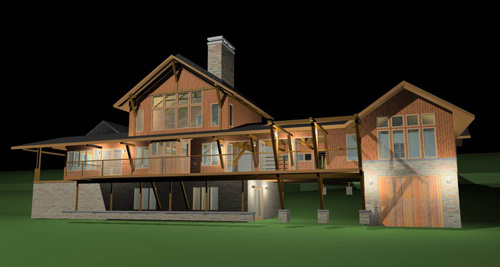 This is, by far, the most common concern related to new home and remodel construction. Unfortunately, determining the cost of construction is incredibly complex, with no clear standards or equations to guide you. Worse yet, the cost of materials and services is a moving target, fluctuating widely from year to year, and in many cases from one month to the next. Builder fees are also an unknown variable that vary from one builder to the next – also subject to change based on market demand. But the good news is, you can establish some realistic expectations at the start of your project by working with the right builder and design team. You can also establish some base-line figures by comparing your goals with recent market precedents and keep your project on track to avoid headaches and heartbreaks later in the design process. Here are a few tips and observations that may help get you started.
This is, by far, the most common concern related to new home and remodel construction. Unfortunately, determining the cost of construction is incredibly complex, with no clear standards or equations to guide you. Worse yet, the cost of materials and services is a moving target, fluctuating widely from year to year, and in many cases from one month to the next. Builder fees are also an unknown variable that vary from one builder to the next – also subject to change based on market demand. But the good news is, you can establish some realistic expectations at the start of your project by working with the right builder and design team. You can also establish some base-line figures by comparing your goals with recent market precedents and keep your project on track to avoid headaches and heartbreaks later in the design process. Here are a few tips and observations that may help get you started.
How much can you afford to build?
 One common rule of thumb that applies to any home is that your mortgage payment should not exceed 25% to 27% of your monthly income – though that percentage can fluctuate, depending on your personal circumstances. The most realistic means of determining what you can afford would be to work closely with your financial institution to determine how much you will qualify for. Once you have arrived at a budget figure, we strongly recommend keeping your construction budget well below that number, so you have some room to breathe and can still stay within your budget if any unexpected expenses arise.
One common rule of thumb that applies to any home is that your mortgage payment should not exceed 25% to 27% of your monthly income – though that percentage can fluctuate, depending on your personal circumstances. The most realistic means of determining what you can afford would be to work closely with your financial institution to determine how much you will qualify for. Once you have arrived at a budget figure, we strongly recommend keeping your construction budget well below that number, so you have some room to breathe and can still stay within your budget if any unexpected expenses arise.
Being honest with yourself, and with your design team, about what you can afford to build might be the single most important step in any project. It is wise to look at what you can afford and stay well under that amount as a project budget. Unexpected costs will always come up as construction begins, and you will be glad to have some extra cushion in your budget when that time comes.
How much do other new homes cost in your area?
Unfortunately, there is no easy way of determining a standard or typical cost of construction. It varies widely, depending on the builder you’re working with and the quality of finishes and mechanical systems you specify. One way to roughly estimate construction costs would be to visit a real-estate website, and do a search for new construction of similar size and location as the home you are planning to build. List the cost, square footage and lot size of each home on a spreadsheet. Then, do another search for vacant land lots of about the size and location of the new homes you just listed and determine an average of how much per acre the price of land is in your area. Subtract that lot cost per acre from each of the 10 new construction listings. Then divide each of the 10 by their total finished square footage. That will give you a very approximate construction cost per square foot. I just ran some numbers for within 5 miles of Madison, January 2009 – and found construction cost to be about $110 per square foot for a 2,800-3,400 square foot home.
Why can I buy other new homes on the market for less than the cost of a custom designed home?
 When comparing homes available on the market, it is important to ask yourself if the homes you are comparing to have the same quality you would like in your dream home? You have to take a close look at the design and construction of those homes, and ask yourself if that is truly indicative of the kind of home you want to live in. Were any of the home designs you’re comparing to ‘cookie-cutter’ plans chosen from a menu of home plans that have already been built many times before? Does it feature the same materials and level of detail – both inside and out – that you would be satisfied with in a new home? If the homes you are comparing to are in line with what you imagine as a dream home, then building a new home might not be the best fit for you. (photo by justj0000lie, via Creative Commons)
When comparing homes available on the market, it is important to ask yourself if the homes you are comparing to have the same quality you would like in your dream home? You have to take a close look at the design and construction of those homes, and ask yourself if that is truly indicative of the kind of home you want to live in. Were any of the home designs you’re comparing to ‘cookie-cutter’ plans chosen from a menu of home plans that have already been built many times before? Does it feature the same materials and level of detail – both inside and out – that you would be satisfied with in a new home? If the homes you are comparing to are in line with what you imagine as a dream home, then building a new home might not be the best fit for you. (photo by justj0000lie, via Creative Commons)
Indoor air quality
As you look at other new homes more carefully, consider the quality and standard of construction to see if it is a home that was built to last. Some (though not all!) newly built spec homes are referred to as ‘throw-away homes’ with good reason, as they are built with the cheapest and least durable materials available. Unfortunately, these same materials can sometimes be toxic and will need to be replaced just a few years after construction. That ‘new home’ smell is actually the bi-product of a process called ‘off-gassing’ which is the release of potentially hazardous chemicals such as volatile organic compounds (VOC) into the air that may cause long or short-term health effects on your health. If you want to build a home that will last, with acceptable indoor air quality, you will need to look at alternative materials and carefully consider your options. You will likely find that the lowest end materials will not be adequate by any standard, and will opt instead for less toxic and longer lasting alternatives. Obviously this will add some cost to the price of your new home, but it will also add significant value in both the near and long term.
Mechanical systems and other home elements
Finish materials aside, you will also need to look at every other system and product in these homes, and determine if they’re the right fit for you. They might have low-efficiency mechanical systems, poor quality windows, and sub-standard insulation. When you’re touring newly built homes, these ‘behind the scenes’ elements of a home might not be immediately apparent, but they will be when they need short-term repair or replacement, or leave you paying excessive energy bills to maintain it. With some research and attention paid to the importance of high efficiency mechanical systems and building elements, you might find yourself opting for a higher quality option than you will find in spec or otherwise newly built homes.
Paying attention the site, and the sun
Another thing to consider is how appropriate a home is for its site. Does it take advantage of the site’s features? Does it optimize window placement for solar efficiency? For example, consider 2 nearly identical homes built directly across the street from each other. The experience of living in one home would be dramatically different than the other based on several different factors. Perhaps one lot might feature beautiful views to the east the other site doesn’t have, but the home has no windows that face it. Or, perhaps the vast majority of windows face north – which brings in almost no direct sun whatsoever, and ends up becoming a drastic source of heat loss in winter, and a very dark place to live. This might not be apparent during a Sunday afternoon open house on a cloudy day, but will dramatically affect the way you will live in the home, and will have a direct impact on your energy bills. This is just one simple example, but the importance of site-specific design cannot be overstated.
Additional features
What other features do you have in mind for your new home that are not included in the other new homes you are comparing? What about in-floor radiant heat? Will your lot require a well or septic system? Do you have any plans to incorporate renewable energy components, or high efficiency construction practices? There are a lot of additional features you will need to consider that will affect your construction budget that will not be apparent when comparing your costs to other newly built homes.
How much of the finish space is in the lower level? Finishing lower level space can be quite a bit less expensive than main floor or above-grade finished space, given the fact that the basement space already exists (especially in cold weather climates) as a means of getting the foundation footing below the frost depth. This saves the cost of building the entire shell of the space, and generally costs less per square foot to finish.
Revisiting comparable cost per square foot
 With these observations in mind, lets take another look at that $110 per square foot average. Is it really in keeping with the quality, uniqueness, scope, efficiency and endurance you hope to achieve with your new home? Are you really comparing apples to apples? One way to make the comparison more useful is to rank the other homes on a scale of 1 to 10 in terms of what you want your new home to be like. If its an 8, you might think of the $110 per square foot figure (just as an example) as being 80% of what you might spend, to reach a cost per square foot of $137.50. If you’re opting for a home with low material toxicity, high energy efficiency, and truly custom design, these homes might only be a 6 compared with what you hope to build, arriving at a guesstimated cost of $184 per square foot.
With these observations in mind, lets take another look at that $110 per square foot average. Is it really in keeping with the quality, uniqueness, scope, efficiency and endurance you hope to achieve with your new home? Are you really comparing apples to apples? One way to make the comparison more useful is to rank the other homes on a scale of 1 to 10 in terms of what you want your new home to be like. If its an 8, you might think of the $110 per square foot figure (just as an example) as being 80% of what you might spend, to reach a cost per square foot of $137.50. If you’re opting for a home with low material toxicity, high energy efficiency, and truly custom design, these homes might only be a 6 compared with what you hope to build, arriving at a guesstimated cost of $184 per square foot.
Building for the neighborhood context

(photo by Daryl Mitchell via Creative Commons)
Finally, just because you qualify for a construction loan doesn’t mean it is wise to spend that much – especially if you are adding on or remodeling an existing home. It is very important that you examine the regional context of your home, to be sure your renovated home will not exceed what people will be willing to pay for a home in your neighborhood. For example, if you live in a neighborhood of primarily 1950’s ranch homes that sell for an average of $180,000, building a $120,000 addition (no matter how great the home will look, or how great it will function, is probably not a smart move since a $300k home in the midst of $180k homes could be a resale nightmare. If, however, you love your neighborhood and have no plans to move in the next 10 to 15 years, the value of improving the home might outweigh the risk of resale loss.
Again, there is no easy way of determining how much a new home will cost, and the framework I’ve described here is a very crude way of determining those numbers. But by taking a close look at comparable homes and determining a base-line cost for low-end construction, you should be able to get a sense of what you can afford, and how much the home of your dreams might cost. The best way to ensure that your new design will be in line with your budget is to discuss it early with your design team or builder, and revisit the issue of cost often to be sure you are still on track. It is very easy, while immersed in the design process, to get carried away and let the home get larger, and more comprehensive that you can afford to build. By establishing an honest budget early, sticking to it, and working with a design and construction team throughout design development, you can be sure your new home will be on track with your goals, and your budget.



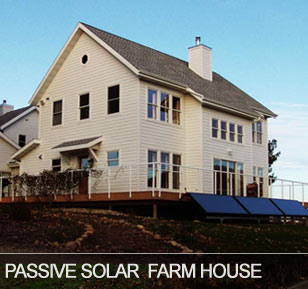
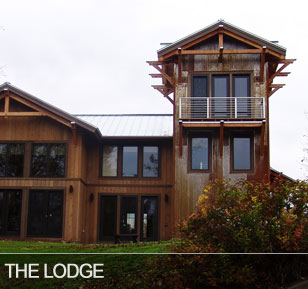
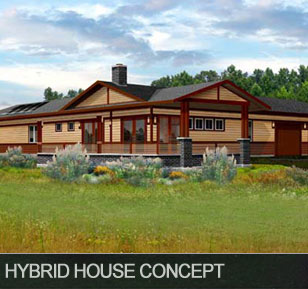

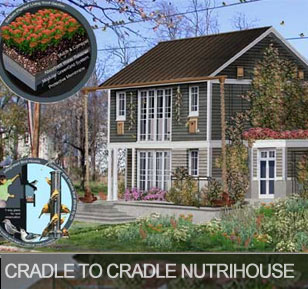
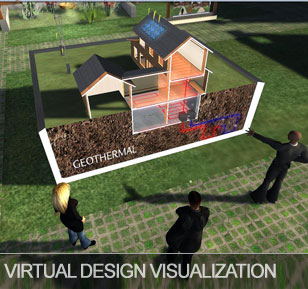
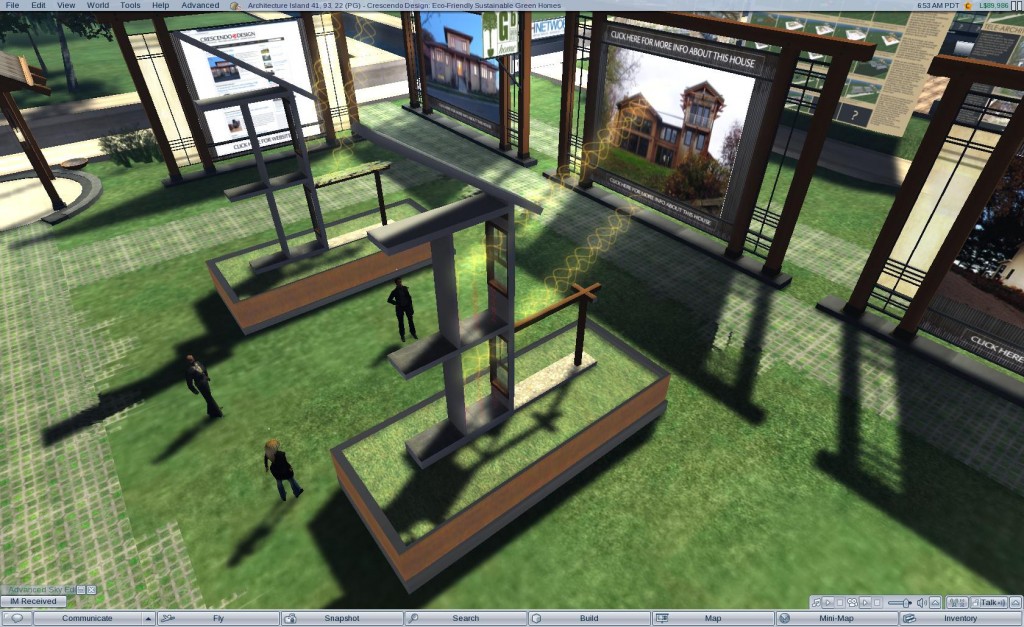
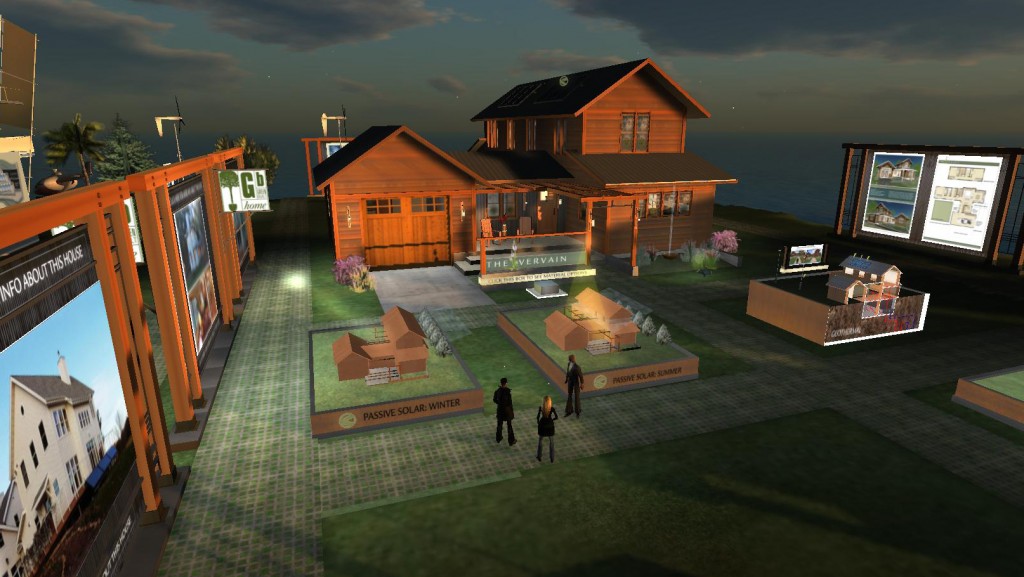

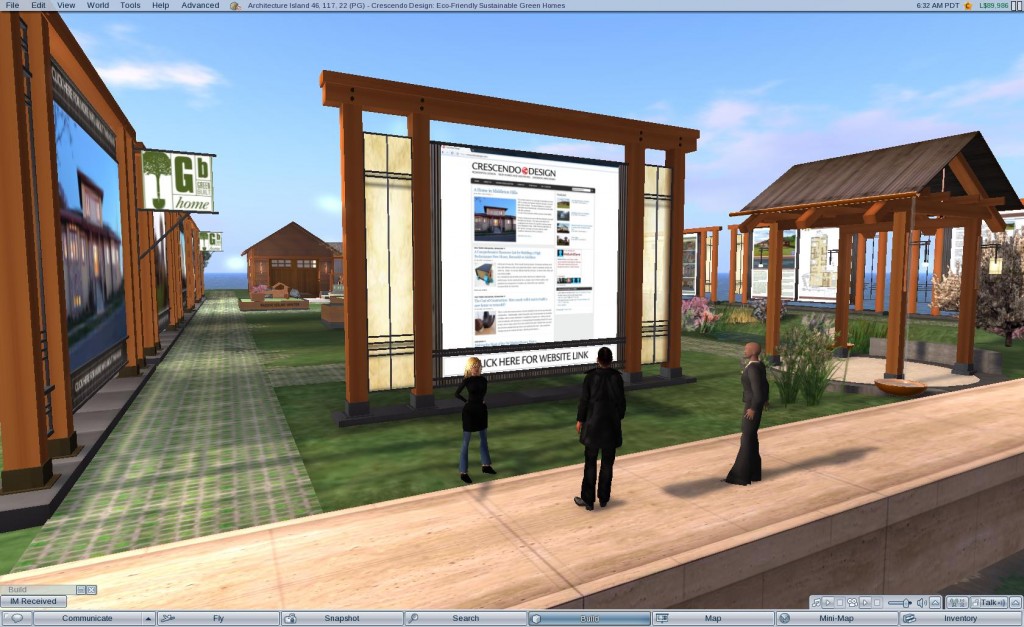
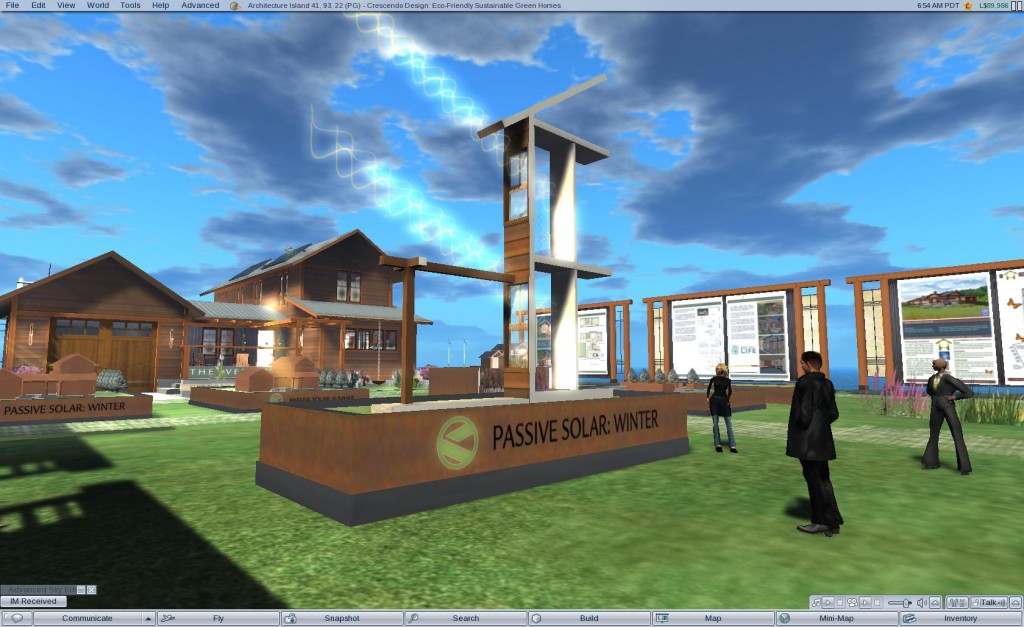
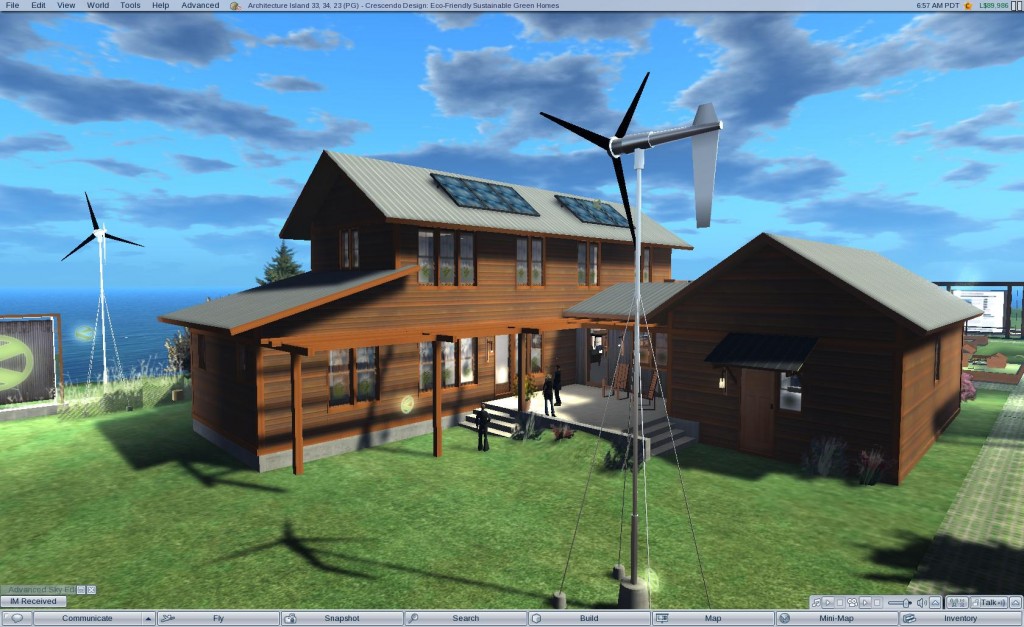
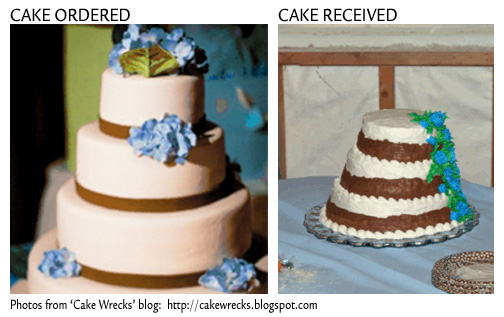


 At the end of every day, I find myself closing dozens of browser windows and tabs with reference sites and great information I plan to eventually revisit, but never do. Sadly, I’m not very efficient with Bookmarks, so these sites often get lost in the shuffle.
At the end of every day, I find myself closing dozens of browser windows and tabs with reference sites and great information I plan to eventually revisit, but never do. Sadly, I’m not very efficient with Bookmarks, so these sites often get lost in the shuffle. This is, by far, the most common concern related to new home and remodel construction. Unfortunately, determining the cost of construction is incredibly complex, with no clear standards or equations to guide you. Worse yet, the cost of materials and services is a moving target, fluctuating widely from year to year, and in many cases from one month to the next. Builder fees are also an unknown variable that vary from one builder to the next – also subject to change based on market demand. But the good news is, you can establish some realistic expectations at the start of your project by working with the right builder and design team. You can also establish some base-line figures by comparing your goals with recent market precedents and keep your project on track to avoid headaches and heartbreaks later in the design process. Here are a few tips and observations that may help get you started.
This is, by far, the most common concern related to new home and remodel construction. Unfortunately, determining the cost of construction is incredibly complex, with no clear standards or equations to guide you. Worse yet, the cost of materials and services is a moving target, fluctuating widely from year to year, and in many cases from one month to the next. Builder fees are also an unknown variable that vary from one builder to the next – also subject to change based on market demand. But the good news is, you can establish some realistic expectations at the start of your project by working with the right builder and design team. You can also establish some base-line figures by comparing your goals with recent market precedents and keep your project on track to avoid headaches and heartbreaks later in the design process. Here are a few tips and observations that may help get you started. One common rule of thumb that applies to any home is that your mortgage payment should not exceed 25% to 27% of your monthly income – though that percentage can fluctuate, depending on your personal circumstances. The most realistic means of determining what you can afford would be to work closely with your financial institution to determine how much you will qualify for. Once you have arrived at a budget figure, we strongly recommend keeping your construction budget well below that number, so you have some room to breathe and can still stay within your budget if any unexpected expenses arise.
One common rule of thumb that applies to any home is that your mortgage payment should not exceed 25% to 27% of your monthly income – though that percentage can fluctuate, depending on your personal circumstances. The most realistic means of determining what you can afford would be to work closely with your financial institution to determine how much you will qualify for. Once you have arrived at a budget figure, we strongly recommend keeping your construction budget well below that number, so you have some room to breathe and can still stay within your budget if any unexpected expenses arise. When comparing homes available on the market, it is important to ask yourself if the homes you are comparing to have the same quality you would like in your dream home? You have to take a close look at the design and construction of those homes, and ask yourself if that is truly indicative of the kind of home you want to live in. Were any of the home designs you’re comparing to ‘cookie-cutter’ plans chosen from a menu of home plans that have already been built many times before? Does it feature the same materials and level of detail – both inside and out – that you would be satisfied with in a new home? If the homes you are comparing to are in line with what you imagine as a dream home, then building a new home might not be the best fit for you. (photo by
When comparing homes available on the market, it is important to ask yourself if the homes you are comparing to have the same quality you would like in your dream home? You have to take a close look at the design and construction of those homes, and ask yourself if that is truly indicative of the kind of home you want to live in. Were any of the home designs you’re comparing to ‘cookie-cutter’ plans chosen from a menu of home plans that have already been built many times before? Does it feature the same materials and level of detail – both inside and out – that you would be satisfied with in a new home? If the homes you are comparing to are in line with what you imagine as a dream home, then building a new home might not be the best fit for you. (photo by With these observations in mind, lets take another look at that $110 per square foot average. Is it really in keeping with the quality, uniqueness, scope, efficiency and endurance you hope to achieve with your new home? Are you really comparing apples to apples? One way to make the comparison more useful is to rank the other homes on a scale of 1 to 10 in terms of what you want your new home to be like. If its an 8, you might think of the $110 per square foot figure (just as an example) as being 80% of what you might spend, to reach a cost per square foot of $137.50. If you’re opting for a home with low material toxicity, high energy efficiency, and truly custom design, these homes might only be a 6 compared with what you hope to build, arriving at a guesstimated cost of $184 per square foot.
With these observations in mind, lets take another look at that $110 per square foot average. Is it really in keeping with the quality, uniqueness, scope, efficiency and endurance you hope to achieve with your new home? Are you really comparing apples to apples? One way to make the comparison more useful is to rank the other homes on a scale of 1 to 10 in terms of what you want your new home to be like. If its an 8, you might think of the $110 per square foot figure (just as an example) as being 80% of what you might spend, to reach a cost per square foot of $137.50. If you’re opting for a home with low material toxicity, high energy efficiency, and truly custom design, these homes might only be a 6 compared with what you hope to build, arriving at a guesstimated cost of $184 per square foot.
 The first thing you’re going to need is a carefully drafted set of ‘as-built’ drawings that show dimensions and square footage of the existing home. This is a service we provide as a prerequisite to our design service, but some builders and drafting services can generate these drawings as well. Be sure to require electronic CAD files of these drawings and verify their accuracy so you or your design team can use them to start generating layout options without having to re-draft or re-measure the home. Not all architects and designers use the same software, so there may still be time required to import those drawings into their software, so it is best to have the person doing the design generate the as-built drawings whenever possible. Even if you aren’t planning a remodel or addition project anytime soon, having a good set of as-builts add value to the home, and help you visualize the possibilities before hiring a designer.
The first thing you’re going to need is a carefully drafted set of ‘as-built’ drawings that show dimensions and square footage of the existing home. This is a service we provide as a prerequisite to our design service, but some builders and drafting services can generate these drawings as well. Be sure to require electronic CAD files of these drawings and verify their accuracy so you or your design team can use them to start generating layout options without having to re-draft or re-measure the home. Not all architects and designers use the same software, so there may still be time required to import those drawings into their software, so it is best to have the person doing the design generate the as-built drawings whenever possible. Even if you aren’t planning a remodel or addition project anytime soon, having a good set of as-builts add value to the home, and help you visualize the possibilities before hiring a designer. We find it is best to start with broad-stroke questions, then gradually refine your answers over time. For example, the very last thing you want to do is start by saying, ‘We need to add 10 feet to our kitchen.’ While it may seem obvious to you, asking a broader question might bring a more effective answer. Perhaps the problem statement that lead you to that conclusion was that people crowd into your kitchen every time you entertain, so you concluded that you must, therefore, need a bigger kitchen. But what if you started with a question instead?
We find it is best to start with broad-stroke questions, then gradually refine your answers over time. For example, the very last thing you want to do is start by saying, ‘We need to add 10 feet to our kitchen.’ While it may seem obvious to you, asking a broader question might bring a more effective answer. Perhaps the problem statement that lead you to that conclusion was that people crowd into your kitchen every time you entertain, so you concluded that you must, therefore, need a bigger kitchen. But what if you started with a question instead? Another important benefit of asking the right questions is in distilling priorities as early as possible. This can become especially critical when collaborating with family members who might have different interests or priorities than your own. Discovering and agreeing upon priorities before you start the design process can save you a lot of headaches and money later in the design process. Competing or unresolved priorities between family members at the onset of a design project invariably leads to cost overuns and a lengthy (costly) design process trying to resolve your differences architecturally, rather than diplomatically at the start. Be prepared to make compromises, and reach a middle-road agreement about your priorities, and stick to them! Have everyone in the family write down and save the answers to the same questions, and refer to them often, or you’ll run the risk of pursuing a design process that unravels or exceeds your budget.
Another important benefit of asking the right questions is in distilling priorities as early as possible. This can become especially critical when collaborating with family members who might have different interests or priorities than your own. Discovering and agreeing upon priorities before you start the design process can save you a lot of headaches and money later in the design process. Competing or unresolved priorities between family members at the onset of a design project invariably leads to cost overuns and a lengthy (costly) design process trying to resolve your differences architecturally, rather than diplomatically at the start. Be prepared to make compromises, and reach a middle-road agreement about your priorities, and stick to them! Have everyone in the family write down and save the answers to the same questions, and refer to them often, or you’ll run the risk of pursuing a design process that unravels or exceeds your budget.
